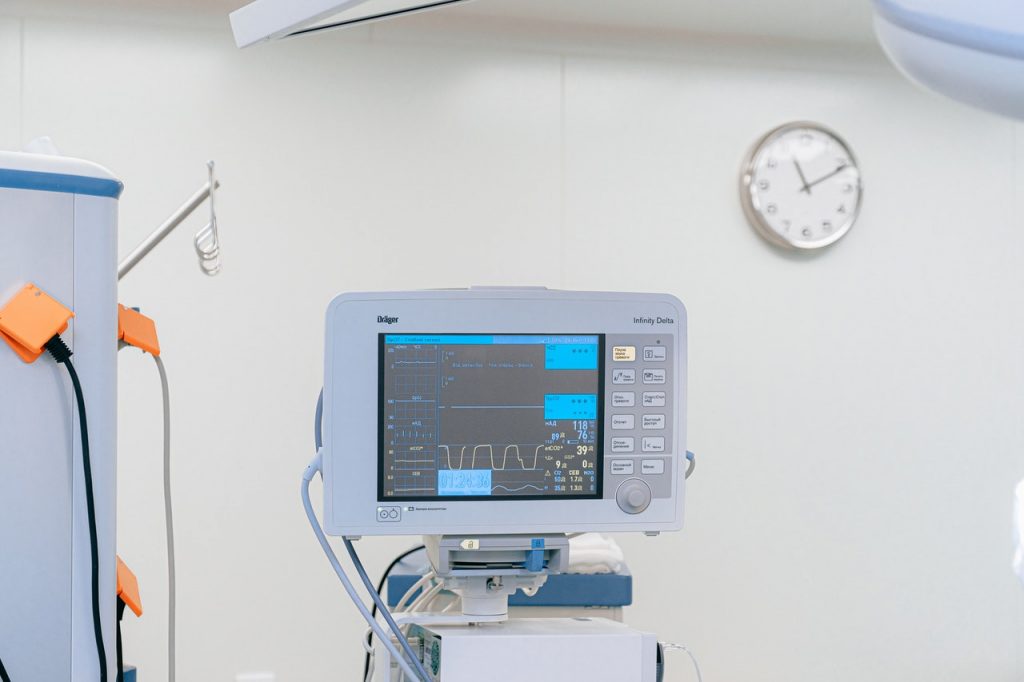In recent years, we have seen many advancements in technology and its applications in different fields. The coronavirus pandemic has sped up these developments because of the need to stop the spread of the virus and respond to shortages of medical supplies. Science-based companies such as Pion and even non-medical companies such as NASCAR and Chevrolet are deploying their technologies to provide help for medical workers during this global health crisis. There are also other technologies such as automation and 3D printing, that have already been in use in medicine before the pandemic, that have seen increased demand since the crisis struck.
Find out more about these technologies and how they’ve been helping our healthcare workers during the pandemic and beyond.
3D Printing
3D printing has been in the healthcare industry for a few years now. In dentistry, for instance, 3D printing has been used to make aligners. It has seen increased demand due to the pandemic as a way to combat shortages of medical equipment. Auto racing company NASCAR had its 2020 season canceled due to the pandemic, so the company deployed its 3D printers to manufacture ventilators and PPEs for hospitals and healthcare workers. Car manufacturer General Motors, the parent company of Chevrolet, teamed with Ventec Life Systems in Kokomo, Indiana to produce ventilators and distribute them to healthcare workers. Other car companies that have followed in this example include Ford and Tesla.
Augmented Reality
Augmented reality (AR) shows a combination of real-world and virtual elements, giving the user an immersive and interactive experience. In our day-to-day lives, we’re more familiar with AR and its applications in entertainment. Mobile apps such as Pokemon Go and Snapchat use it as part of their main features. In the medical world, AR has many useful applications. It is helpful to both established professionals and medical trainees. It helps doctors-in-training to practice their skills and knowledge by simulating medical procedures. This means that these doctors-in-training can continue their training without having to be at hospitals and endangering themselves.
In dentistry, for instance, both established professionals and dentistry students use AR. Immersify Education has a mobile app that uses AR to simulate clinical settings to help dentistry students learn and practice at home. Among professionals, AR has proven useful in implantology through the dynamic navigation systems it provides. Other medical fields have their share of AR uses and applications. Neurosurgery was one of the first medical fields to adopt AR into its simulative procedures. Once again, this is particularly helpful for training purposes.
But there are also other uses of AR in medicine that aren’t exclusive to medical students and professionals. An app called EyeDecide helps eye doctors educate their patients on the anatomy and conditions of their eyes. The app uses the camera display to demonstrate the effects of certain eye conditions on a person’s vision. Though the use of AR in medicine has been up and running for a few years now, it’s still just in its earlier stages, and further research is still in progress to determine the technology’s other possible applications and limitations.

Robots and Artificial Intelligence (AI)
One of the technologies that the pandemic has accelerated is automation. Systems such as robots and artificial intelligence (AI) have been helping medical professionals and patients get in contact with each other while observing social distancing. Robot and AI medical assistants are being deployed to track patients’ vitals and send them to nurses and physicians. More and more patients are also sporting wearable medical trackers that send their vitals to doctors and nurses. This is part of the telehealth movement, which has been accelerated by the pandemic. Robots are also mass-producing COVID-19 testing kits.
Even in other fields and industries, automation systems are helping us to get through the battle against Coronavirus. To reduce the population of human workers and minimize the spread of the virus, retailers such as Amazon and Walmart are using robots to perform simple logistical and maintenance tasks. Fast-food chains are looking into employing robots as chefs and cashiers. A robot in Japan that can detect people who aren’t wearing facemasks, roams brick-and-mortar establishments to look for offenders and reminds them to put on their facemasks.
Technology has been revolutionizing healthcare for decades, but this process has been accelerated by the pandemic. More automation systems can be seen working as medical assistants in medical centers while human healthcare workers focus on more important tasks and observe social distancing with their patients. Car manufacturers are deploying their 3D printers to produce medical equipment for hospital workers. And medical students hone their skills and knowledge at a safe distance with the use of AR technology.
